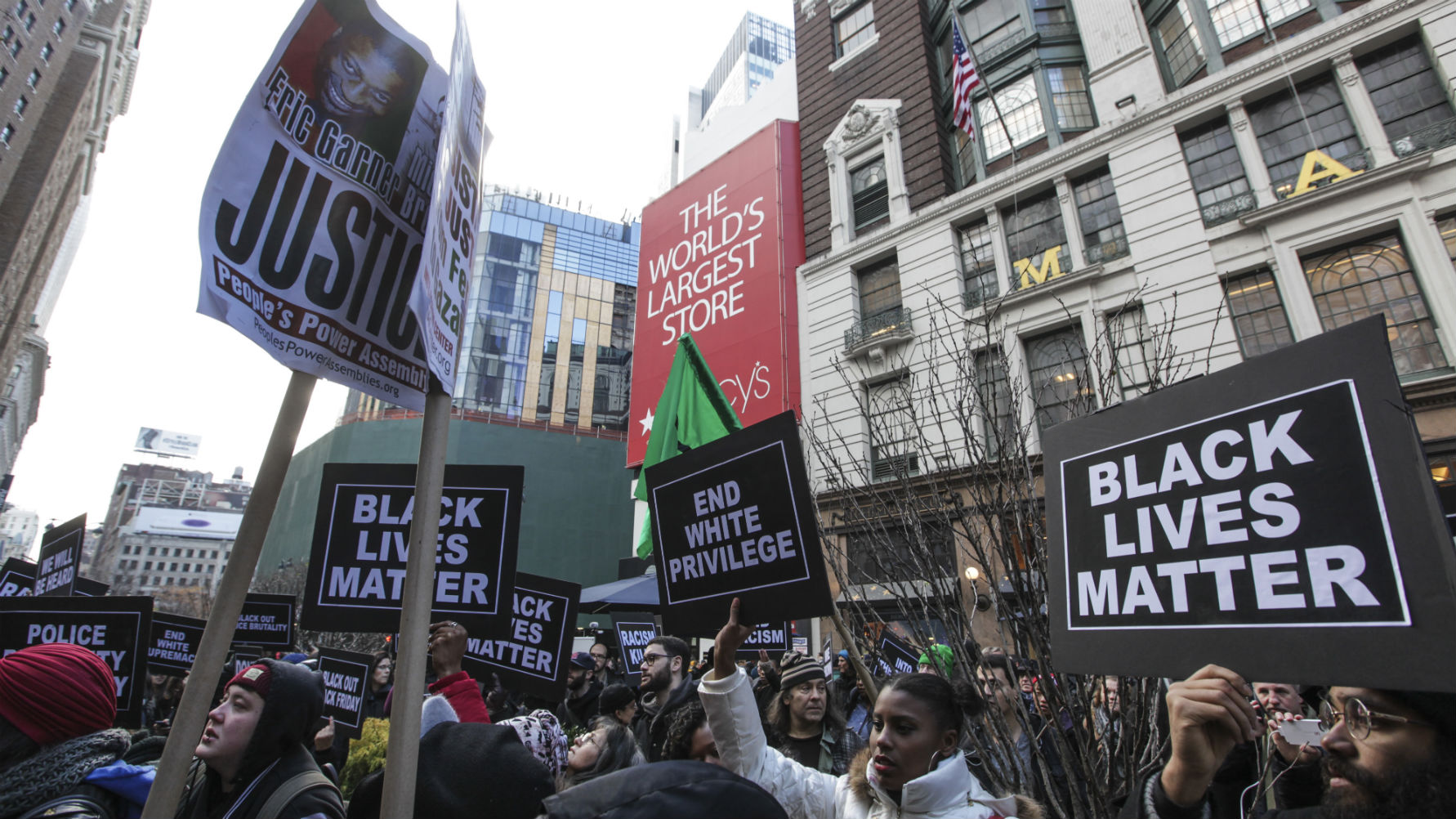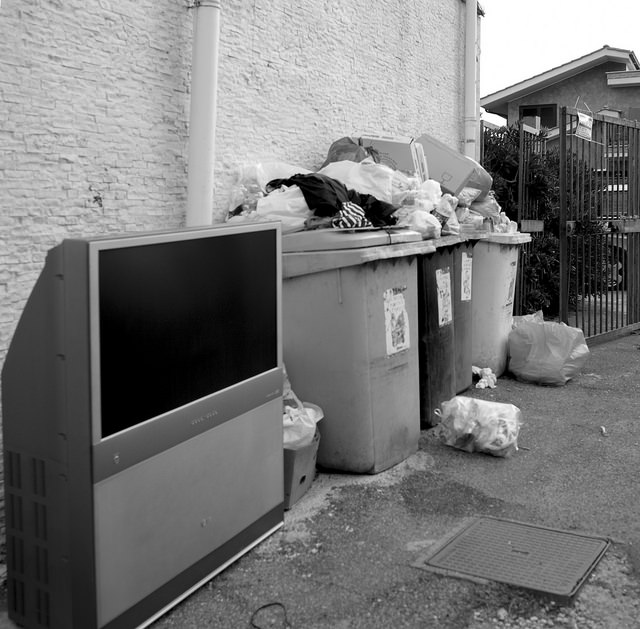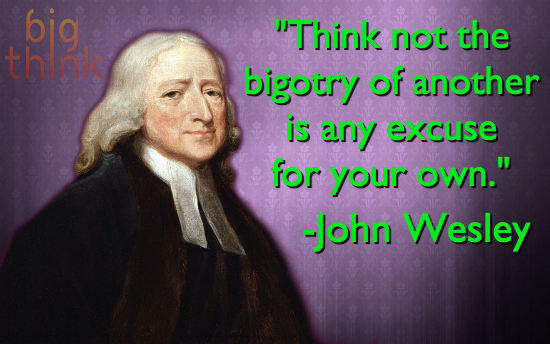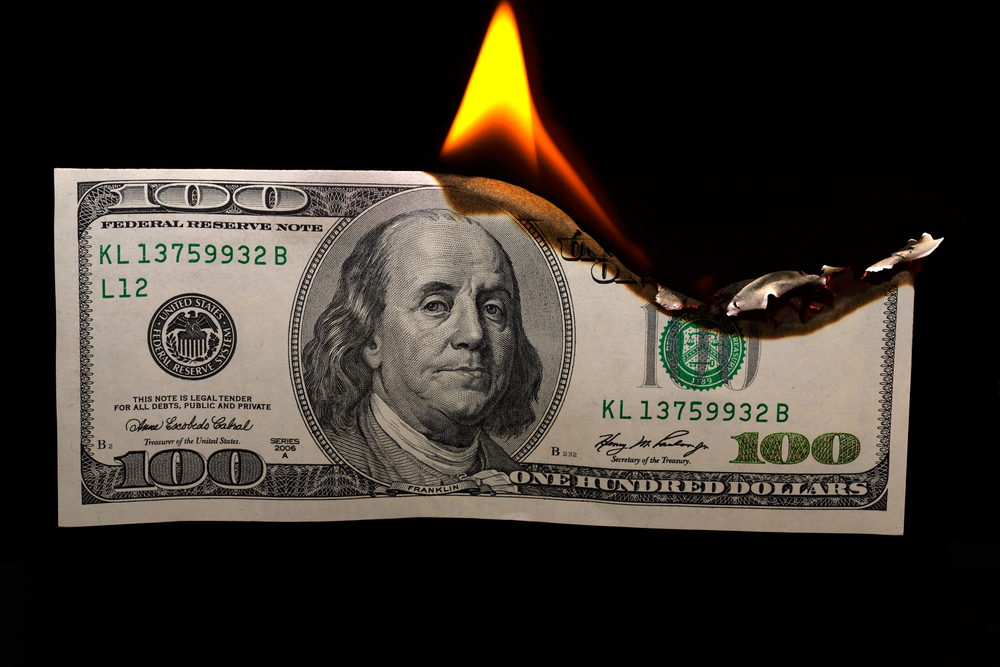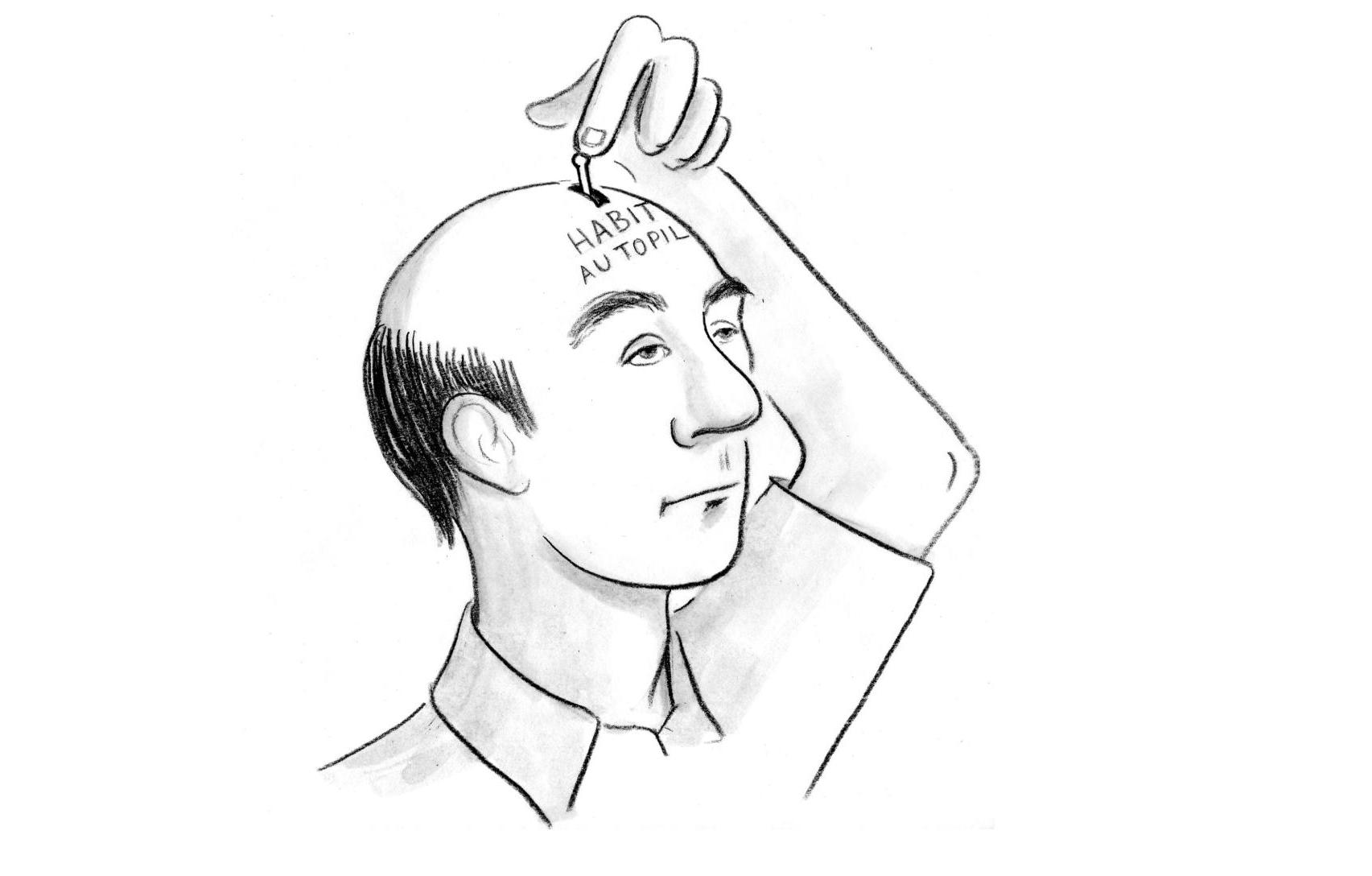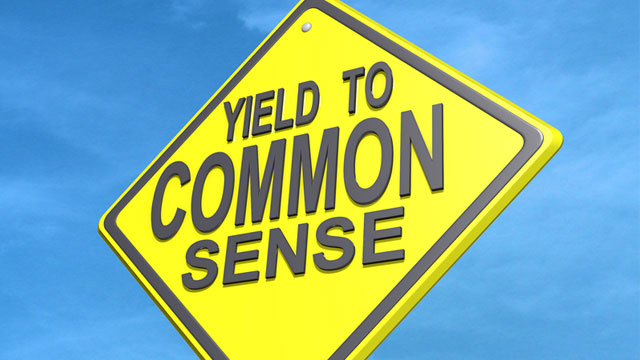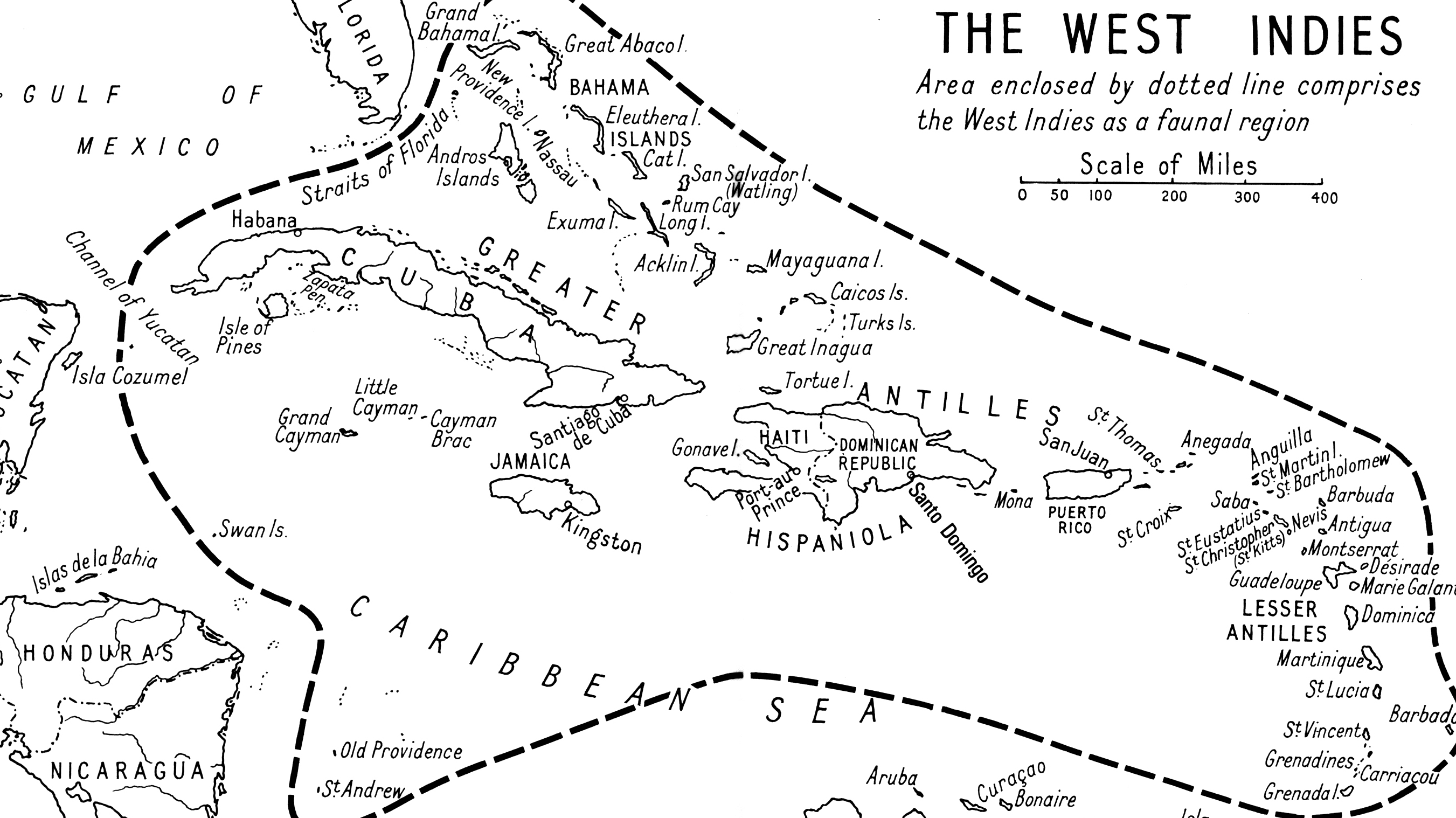Workplace survival during a leadership change is an exercise in Social Darwinism (and sometimes involves more bootlicking than we’d like to admit).
Search Results
You searched for: one day
There’s nothing like signing up for a random chat… and winding up with an improv serenade! “I created this project for fun. Initially, I had no business goals with it. […]
Whereas European countries were once able to tap into their history for subjects for opera, America’s never succeeded in doing the same. That problem comes in part from the decline in opera as a popular, public art form, but also perhaps from the lack of operatically epic subjects to be found in American history. Now, composer David T. Little hopes to create a modern American opera with JFK, a 2-act, 2-hour opera focusing on the life of President John F. Kennedy, whose life and death became defining moments not only for the Baby Boom generation, but also, many would suggest, the hinge upon which all American history turns for the last half century. Set to premier in 2016, JFK as a work-in-progress already raises important questions about how opera (and art in general) can approach history.
Only very rarely are artists able to pay their bills through their craft. But that doesn’t mean they’re only relegated to boring desk jobs. In fact, many are able to use their skills to earn a living.
With the second non-indictment of a white police officer who killed an unarmed black man in two weeks, the chant “no justice, no peace” continues to ring out in protests around the country. What does that phrase really mean — and how has it been used historically, in protest movements both peaceful and otherwise?
Here on Earth, it’s liquid all the way. But in space, that’s impossible! “You can’t cross the sea merely by standing and staring at the water.”–Rabindranath Tagore If you brought […]
A plastic pumpkin full of candy could hold up to 11,000 calories worth of sweets. While banning candy is out of the question, parents should limit their kids’ intake.
Terms of Service and end-user license agreements are difficult to read if not for the legal jargon then for the way they’re typed up. Web companies shouldn’t make it a chore to read these contracts before you click “Agree.” But it’s your job to demand them.
Author and academic Kenji Yoshino describes the difference between passing and covering, and how companies will sometimes employ a myopic form of diversity inclusion that necessitates the abandonment of one’s identity.
What if the Black Plague had killed off almost all Europeans? Then this is what Africa might have looked like.
The last decade or so has seen a massive shift in the way we watch television. Flatscreens have effectively vanquished the old cathode ray tube (CRT) TVs, as well as […]
The former wrestler shares how he was basically illiterate at age 30, a sufferer of dyslexia. It was an untamed drive to learn (and a little help from Lee Iacocca) that helped him overcome this disability.
Filmmaker Sanjay Rawal discusses Food Chains, his new documentary investigating the plight of a group of farm workers in Southern Florida who have fought for fair food standards.
On August 21, 2017, a total solar eclipse will cross the USA. Start planning for it now. “Astronomers are greatly disappointed when, having traveled halfway around the world to see […]
And how we’re about to take the amazing scientific leap from “we think” to “we know” when it comes to its history. “Mars once was wet and fertile. It’s now […]
“Think not the bigotry of another is any excuse for your own.”
-John Wesley, English preacher and co-founder of the Methodist movement
Neuroscientist and best-selling author Sam Harris advocates for a secular form of meditation as a method for making fundamental discoveries about the nature of the mind.
I contributed to Bang for Your Buck over at The Morning News with how to best invest a dollar. They needed something a little more succinct so I’m including my […]
We often can’t rely on ourselves to act rationally (or prudently). We know this, but influential social science models have a bad habit of ignoring it. We evolved to frequently act without “deciding.” We are habit-formers and habit-farmers.
For those of us young enough to have grown up in a world in which the internet has always been a thing, these maps of the web from 10-15 years ago are practically relics from an ancient time.
If something went horribly wrong, could you possibly return to Earth? Image credit: ISRO. “I sometimes catch myself looking up at the Moon, remembering the changes of fortune in our […]
By the 1960s the two most criticized art forms in America were modern art and television. Some critics called modern art mystifying junk, while others targeted TV as anything from trash to a threat to democracy. Revolution of the Eye: Modern Art and the Birth of American Television at The Jewish Museum, New York, hopes to redeem both media by exploring how modern art provided an ethos and aesthetic for early television — a debt repaid later as television, in turn, inspired a new generation of modern artists, including Andy Warhol, who began as a modernist-influenced graphic designer for, among other clients, television networks. By looking back at modern art and television’s mutual love affair from the 1940s to the 1970s, Revolution of the Eye challenges us to reflect on the artistic aspirations of TV’s latest golden age.
We often extrapolate from coincidental events to say they “happen for a reason,” suggesting that there is a greater meaning to them. Even atheists do it, but is it good for us or society?
Masud Harouny was born in Kabul, Afghanistan, moved to India as a toddler, and to the US when he was six. He attended Cal Poly Pomona and studied mathematics and […]
I recently stumbled upon an excellent essay by Steven Poole in Aeon Magazine on teleology (the widely abandoned philosophical idea used to support arguments for intelligent design, that in nature, […]
Ian Fleming picked James Bond for the name of his hero because it was “brief, unromantic and yet very masculine”; he later became friends with the original James Bond, author of one of his favourite ornithology guides.
Businesswoman and investor Barbara Corcoran shares her tips on amassing social capital by way of branding. This is the first video in a helpful Corcoran playlist focused on guiding small business owners and emerging entrepreneurs.
Taking long walks, dimming the lights down low, mussing up your desk–we all have our tricks to get the creative juices flowing. But there’s another way to invigorate the right-side of your brain: a sense of entitlement.
Few inhabitants of the world’s biggest megacity have any idea of its existence, or of its name.
Science confirms that “aha!” moments are more likely to occur in new settings since the brain is processing new sets of information, mixing it with established knowledge in a process essential to creativity.



